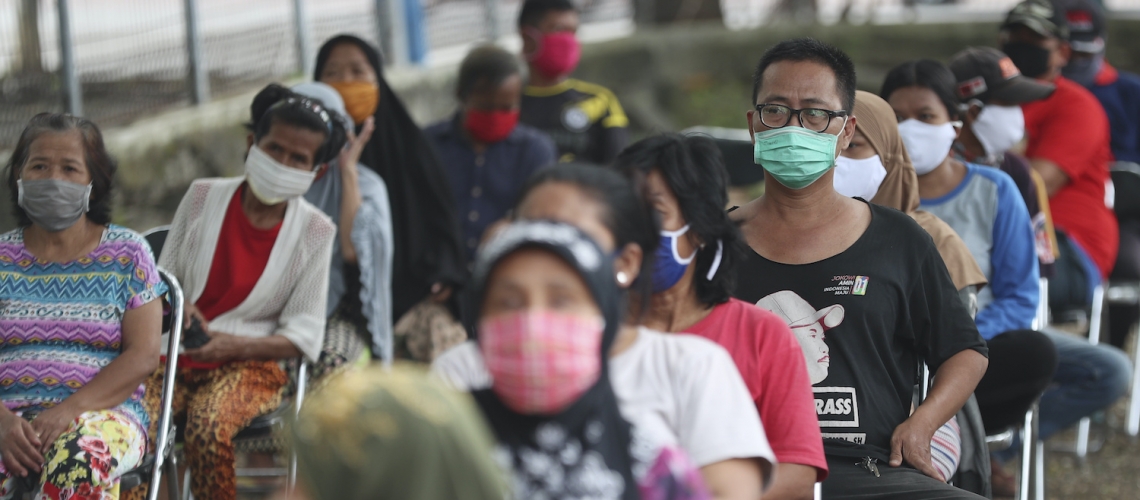
The world is now a full year into the COVID-19 pandemic—both the health emergency and the global economic crisis it has generated.
Its impacts have touched every person in every country, causing illness and death, disrupting livelihoods, and potentially pushing an estimated 150 million more people into extreme poverty around the globe by the end of 2021.
And
Although we are far from the end of this crisis, it’s worth taking a look at where we are now and what needs to happen next. Recently I joined a roundtable on the World Bank’s Development Podcast to take stock of the early progress and ongoing challenges in the global response to the coronavirus. I’d like to share a few takeaways from that discussion.
The World Bank has stepped up to this challenge in the past year. Our programs, normally in the range of $42 billion per year, grew last year to $71 billion.
We have developed specific COVID-related operations to the tune of $25 billion. We’ve also sped up our support through IDA, our fund for the poorest countries, which operates on a three-year cycle. And many existing World Bank projects have been restructured to support the response.
“The World Bank Group and many other organizations are committed to doing all we can to get the new vaccines to the people of developing countries.”
But the needs are much bigger than this for low- and middle-income countries, as they tackle COVID and start working toward recovery.
To help these countries at the scale they need, the Bank Group will require substantial new resources, including from the donor community.
Since May 2020, we’ve also been helping the poorest countries through the Debt Service Suspension Initiative (DSSI), in partnership with the IMF and the G20.
This is freeing up significant resources for governments, so that they’re better able to combat the virus while they keep other critical services operating. But we recognize that this is only a start, because many creditors, particularly private creditors, are not participating.
What DSSI has highlighted is a more fundamental concern that this global crisis demands more international solidarity and more international action.
Since the pandemic is affecting every country simultaneously, there’s a risk that wealthier ones will stay focused mainly on their own crisis and recovery. This is perhaps understandable, as every government is accountable to its own people. But it makes it more likely that poorer countries will be left behind.
The COVID vaccines illustrate this risk very clearly.
This includes using COVAX, a mechanism that the international community has set up to ensure global, equitable access to vaccines for major infectious diseases. But at this early stage, the industrialized countries have bought up most of the supply of the COVID vaccines, leaving developing countries with insufficient coverage.
A prime example is education: COVID is putting children out of school worldwide, as well as forcing a shift to distance learning that widens inequities for those who can’t access it. This situation could last for two or even three years, and there is evidence that fewer children are returning where schools have reopened.
Hence, it’s no exaggeration that the world is at risk of a lost generation, with young people’s learning losses reducing their earning potential for the long term—and lowering economic output for decades to come.
With the challenges so immense, where should the World Bank Group and partner countries focus our efforts going forward? What offers the most hope for a sustainable recovery?
This includes policies and reforms that expand economic participation, that leverage technology for more robust and inclusive delivery of key services—including health, education, and social protection—and that make it easier for the public and private sectors to work together toward development goals. Recovery efforts can also advance countries’ climate commitments, with more jobs in emerging, greener sectors.
The developing countries are the most vulnerable in this global crisis, and they face the steepest path back. The World Bank Group remains committed to helping them secure the financial resources and sustained international support that they will need. We are all in this together, and I remain optimistic that we will see real improvement in many countries during 2021.


